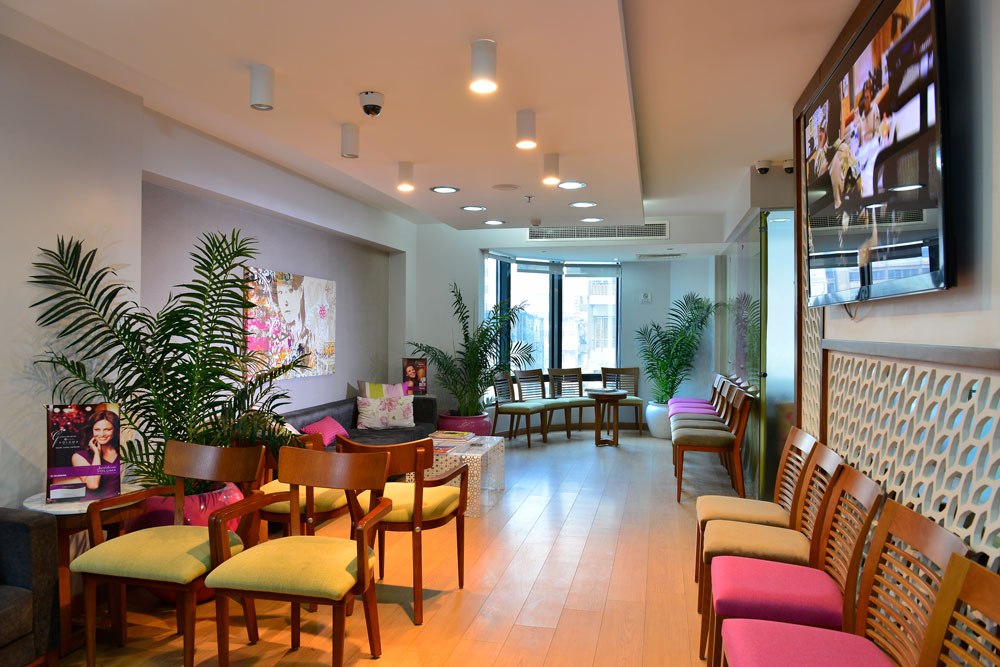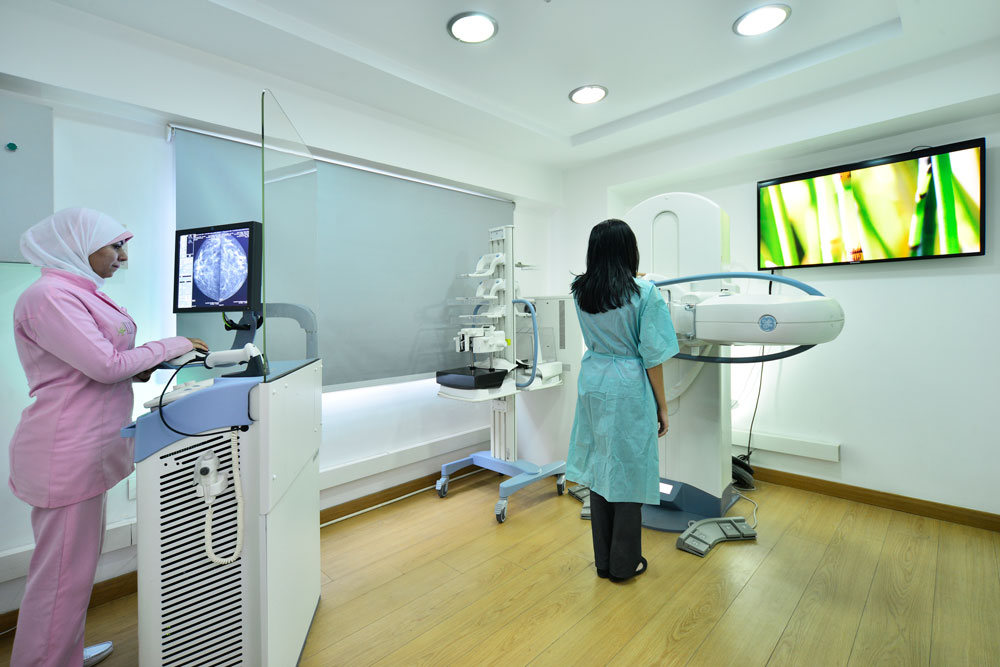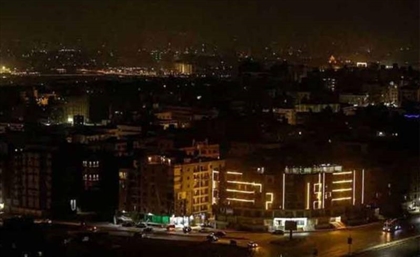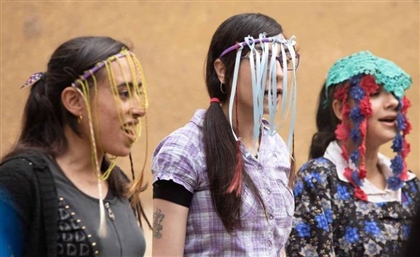The Egyptian Doctor at the Forefront of the Battle against Breast Cancer
We speak to Dr Norran H. Said, CEO of Ladies Health Alliance, a full-service women's health medical centre that provides reliable and credible pre and post diagnosis tests and procedures.

Breast cancer, which accounts for 37.5 percent of all cancer cases in Egypt, is the most fatal form of cancer for Egyptian women, with thousands losing their battle to the insidious disease each year. As the world marks this breast cancer awareness month, women are encouraged to take pre-emptive action and find out more about the disease. For example, did you know the survival rate among women who detect the disease in its early stages exceeds 90 percent?
Seha Scan and Lab, has created a dedicated women's health center; Ladies Health Alliance (LHA). LHA has been in the 'taking care of women' business for quite some time now, with state-of-the-art medical equipment and a host of reputable doctors and health professionals. With services ranging from check ups all the way to dermatology, Laser beauty treatments, life coaching, and even psychotherapy, LHA has built a reputation for itself as the medical centre for women.

As women continue to gain ground in their battle against breast cancer, LHA has helped hundreds of women across Egypt beat the disease even before it developed, with cutting edge cancer detection technology and a dedicated radiology division to perform mammograms. “Mammograms involve two pictures of each breast. Getting a mammogram is usually a short process that involves the compression of the breasts for a few seconds while the pictures are taken. In most cases, mammograms aren’t painful, and they are safe,” LHA CEO and Executive Director of the Egyptian Society of Women’s Health Dr Norran H. Said explains. “Most women today are diagnosed by mammograms before they develop symptoms. Mammograms can pick up calcification, which are sometimes a sign of early breast cancer or a very small lump.”
However, even basic mammograms can be inaccurate due to the disease’s compound nature, which is why LHA provides a more advanced metric: mammogram with contrast.
“Mammograms with contrast have a high sensitivity for diagnosing breast cancer. In a basic mammogram, cancer can be hidden behind dense breast tissue. Mammograms with contrast only highlight what’s abnormal,” Said explains. “It shows the tumours from within the breast tissue, making it easier to detect cancer at an early stage. However, this technology is advisable for women at high risk of breast cancer, and women who had a basic digital mammogram that didn’t solve their problem.”
Many women make the mistake of thinking they would be the first to know in case they develop breast cancer, however, this is a misconception that can cost some their lives. “The early signs of breast cancer are usually not detected by a woman’s naked eye, but instead can only be detected by mammograms or breast MRIs. These meticulous screening methods can detect cancer when it’s just a few millimetres,” Said says. Other techniques employed in the early detection of breast cancer are breast ultrasounds and MRIs.
“A breast ultrasound helps us decide if an abnormality seen on your mammogram is cystic (contains fluid) or solid. A breast MRI is recommended for screening women with a high risk for breast cancer, in postoperative cases and in preoperative planning to check for tiny abnormalities that a mammogram couldn’t see. It’s also the modality of choice after breast augmentation procedures like silicone implants,” Said elaborates.
Early detection of breast cancer is not the only service LHA provides in that area; aside from mammograms, mammograms with contrast, breast ultrasounds, and MRIs, the centre can also perform biopsies (test the supposedly cancerous tissue) to confirm the diagnosis. Another procedure the centre performs in case the diagnosis is reached, ahead of your surgery, is the guided localisation of the tiny cancer cells which points out their exact location. And in the same vein, a guided Clip Marker Placement, which is only needed ahead of surgery in case the patient has been undergoing chemotherapy, which causes the cancer cells to shrink thus harder to remove, and so clip localisation indicates to the surgeon the exact location of the remaining invisible cells to be removed.
Check out Ladies Health Alliance on Facebook or go directly to their website, and follow Dr. Norran H. Said on Instagram @norranhussein for some life-saving medical tips!
























